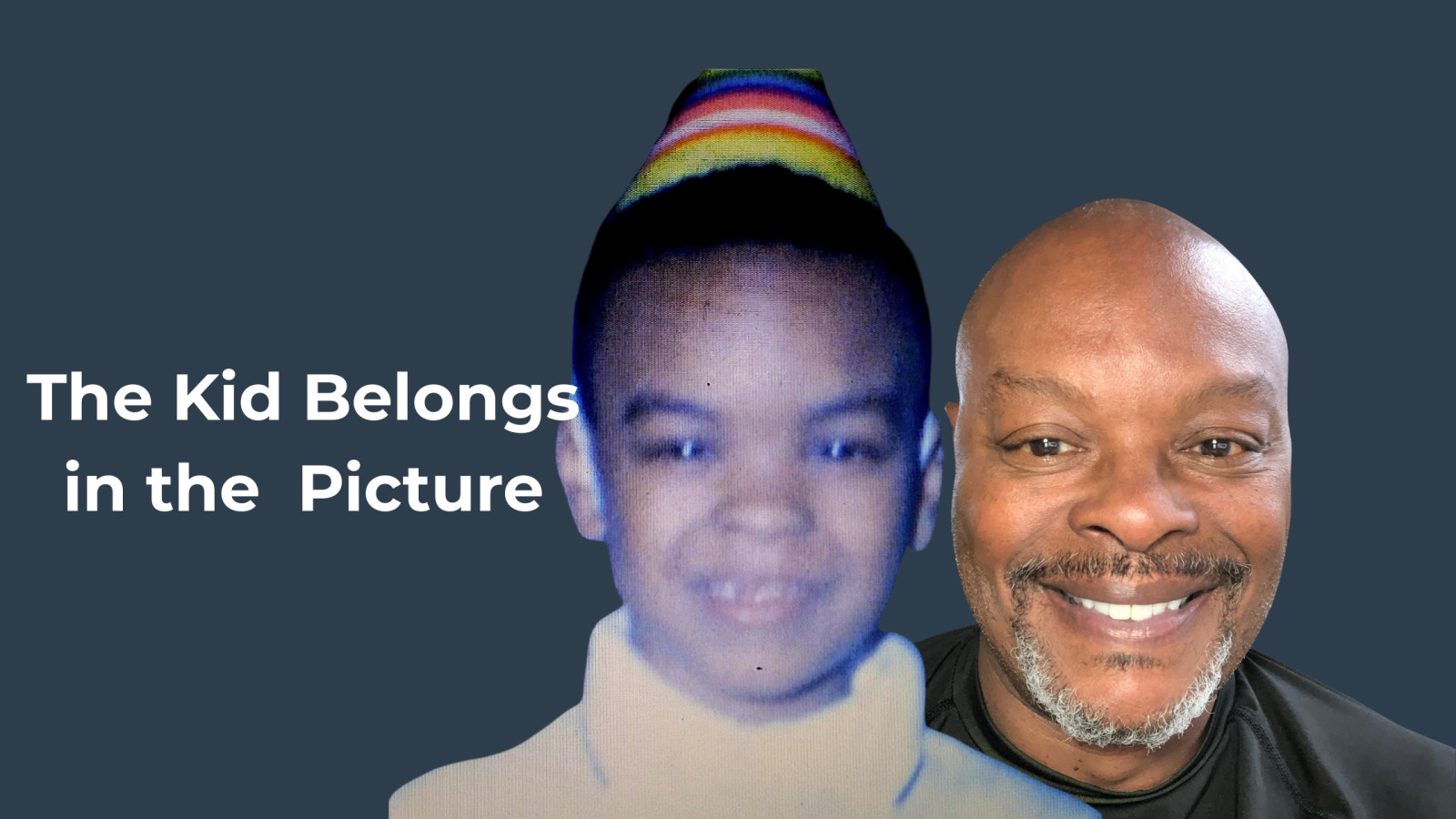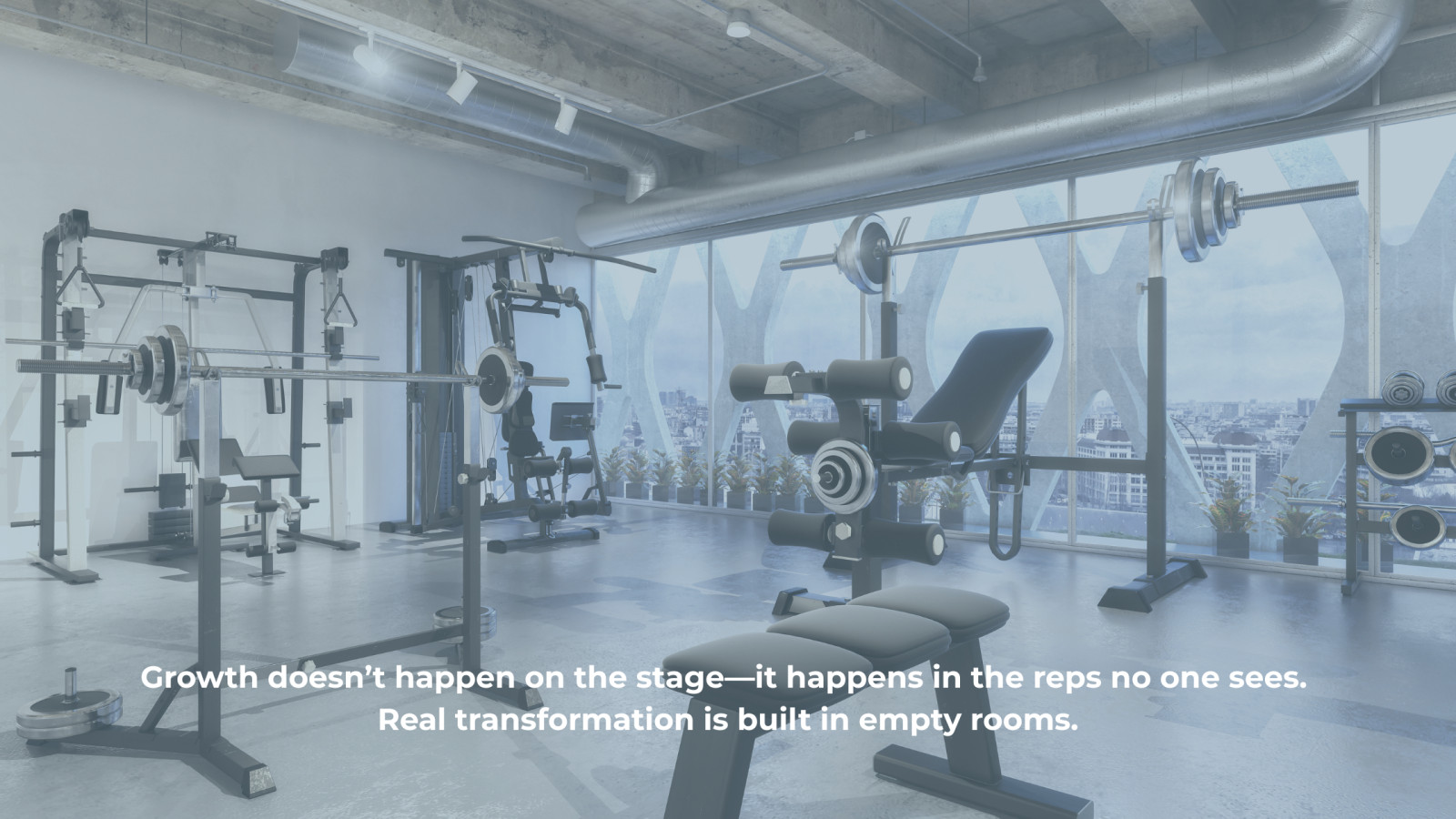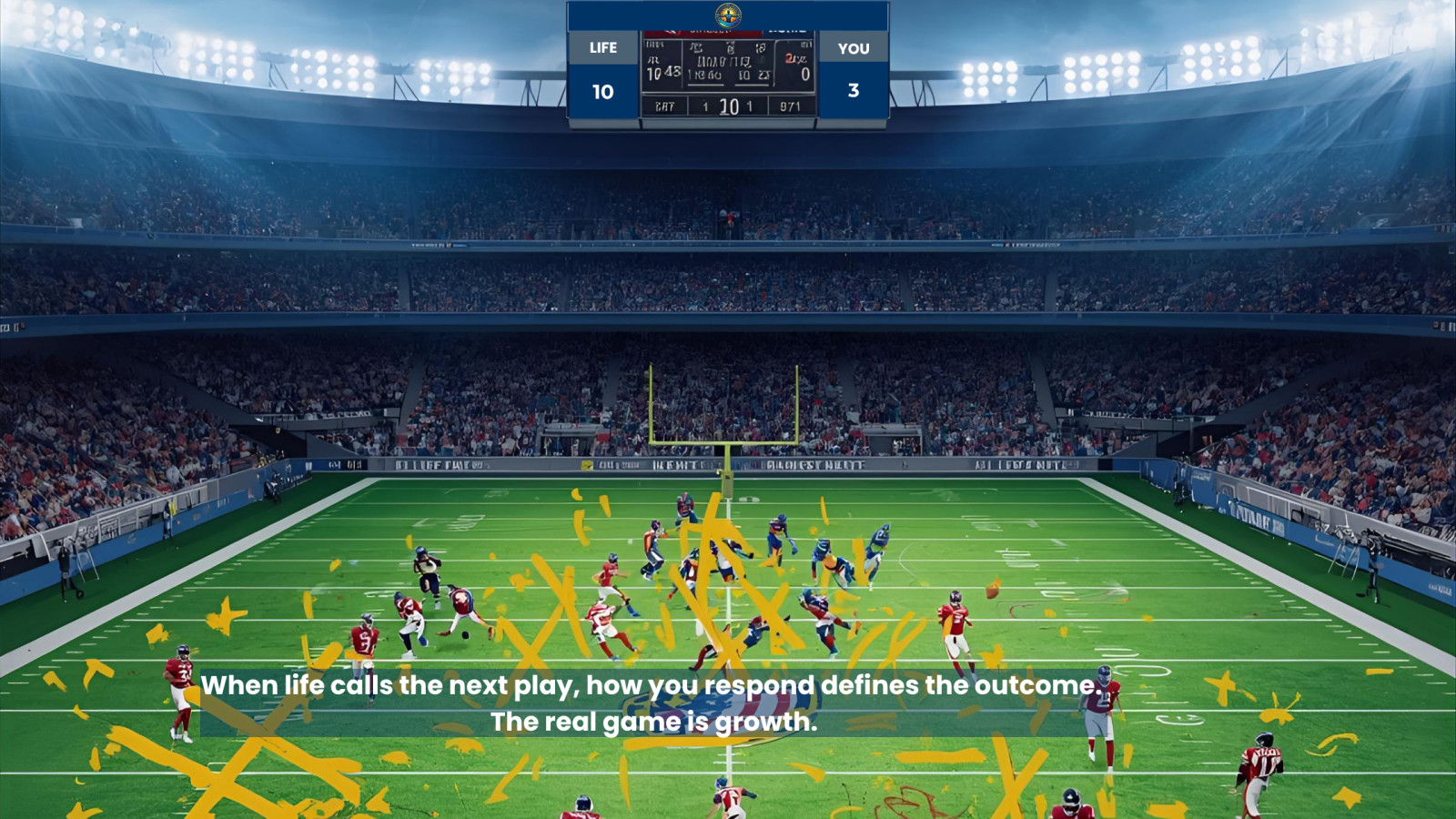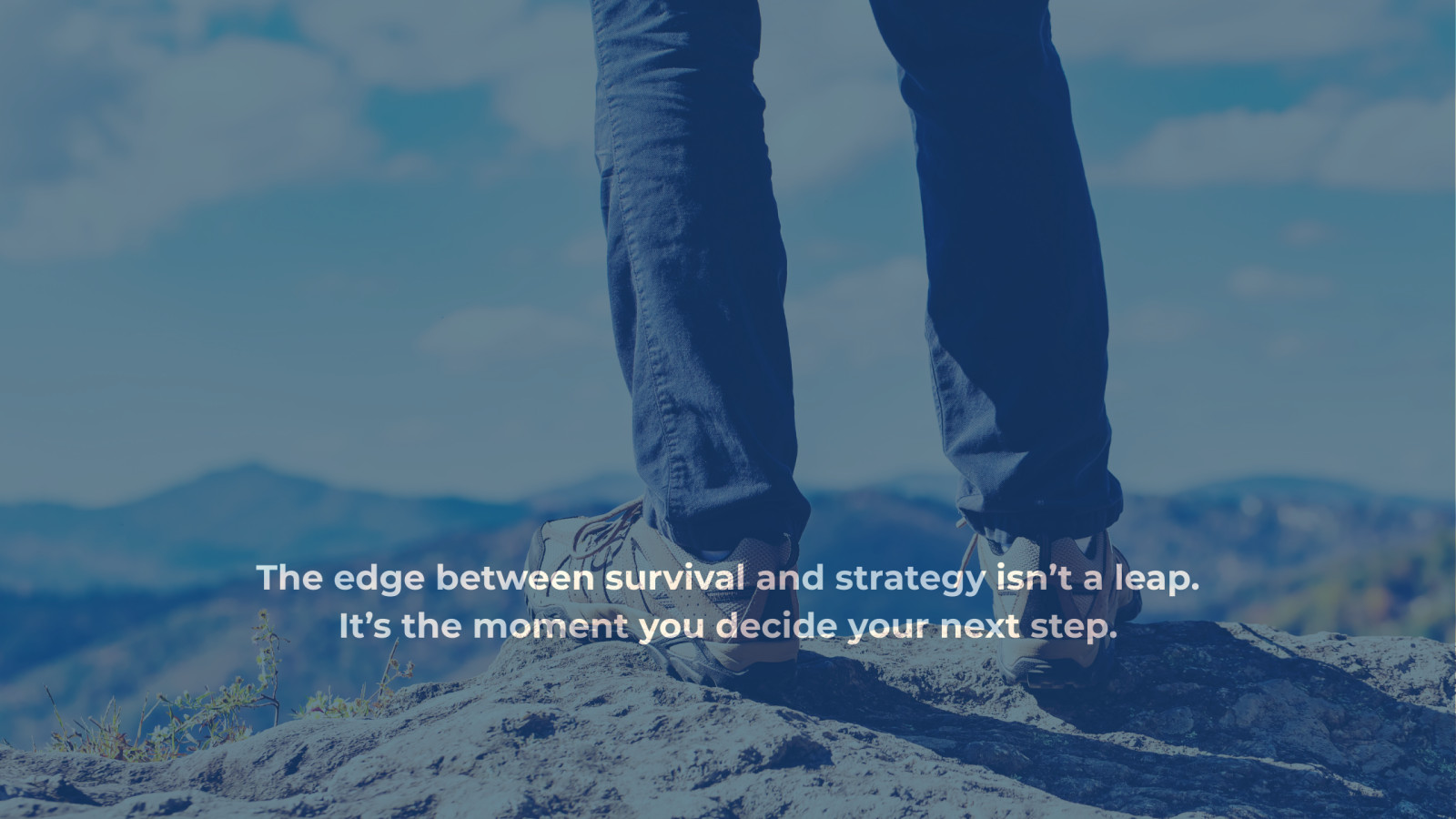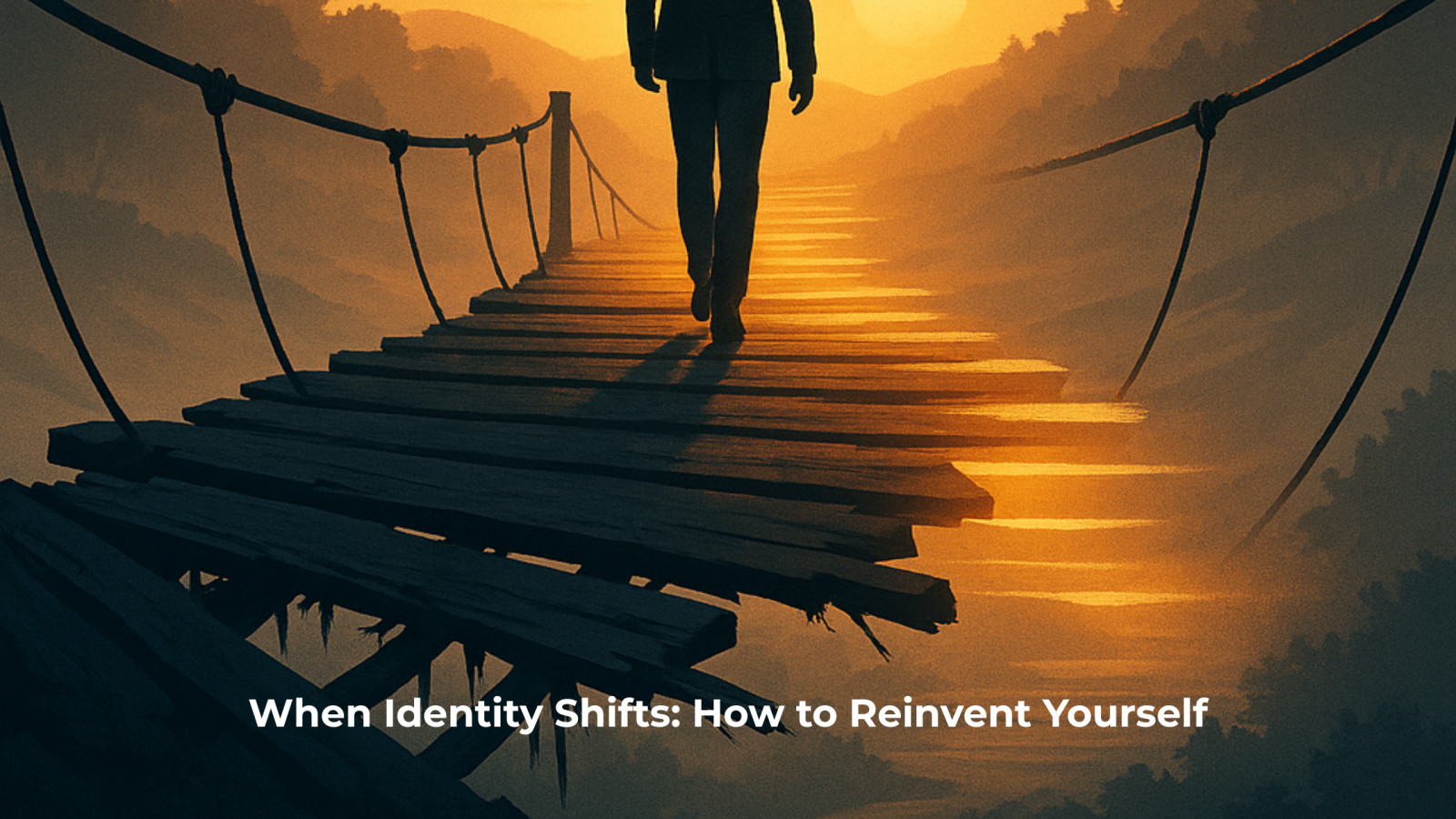
Feeling stuck even while doing all the right things? Discover 5 powerful steps to pivot with purpose when the hustle stops working.
Have you ever had a period in life where you’re checking every box, waking up early, knocking out your to-do list, staying focused, doing the right thig and still feel like you’re running in place?
I know exactly how that feels.
I’ve lived through stretches where I gave everything I had—my time, energy, money, even my peace—thinking all of it would eventually pay off.
And yet, the payoff never came in the way I expected.
The needle didn’t move.
The door didn’t open.
The sense of fulfillment?
Still missing.
I call this this the “Hustle”, that relentless rhythm that looks like progress but sometimes pulls you further from your purpose—getting things done without ever asking if they should be done.
If that’s where you are right now, first—breathe. You’re not broken, lazy, or doing it wrong. You’re just off track in a moment where constant motion isn’t the answer anymore.
The Truth About Hustle: Why It Has a Shelf Life
Personally, I’ve had the kind of career some people may dream about.
I’ve been a TV producer for over two decades—interviewed numerous celebrities, covered sensational news stories, traveled, won awards.
I’ve been in green rooms and led live broadcasts with adrenaline and precision.
By every metric, I’ve “made it.” And honestly? I’m proud of all that I’ve accomplished.
But somewhere between the accolades and the adrenaline, I started hearing something quieter.
“There’s more.”
Not more fame. Not more constant motion. Something deeper. I didn’t want to just produce great stories—I wanted to help people rewrite their stories. Not just cover life’s turning points—but coach people through their own.
It wasn’t burnout. It was misalignment.
I’m not the only one and this is the thing, this daily push isn’t just about work or career—it creeps into our faith walk, our families, our identity, and even our healing journeys, convincing us that if we just do more, we’ll finally feel better.
Over the years, I’ve crossed paths with people who are walking this out in different ways. They’re people doing all the right things—and still feeling off track.
Different People. Same daily push.
• Marcus has climbed the ladder and still feels unfulfilled.
• Alicia has stayed faithful and still feels disconnected.
• Jordan’s a star businessman and still feels empty.
• Renee held it down as mom for years, now as an empty nester feels unsure of who she is now.
That’s the wake-up call. constant motion is only part of the story. It’s not the whole path. When it stops helping, it’s time to do something different.
Is It Time to Pivot? Here’s How You Know
When relentless effort no longer yields fulfillment or progress, it’s a clear signal to reassess and pivot towards a path that aligns with your authentic self. Psychological research underscores the importance of recognizing when to make such a change.
For instance, a study highlighted in Psychology Today emphasizes evaluating factors like risk tolerance, personal goals, and the potential for small adjustments before undertaking a significant career shift.
Similarly, the Harvard Business Review suggests that career pivots are less about age and more about organizational, psychological, and contextual factors, indicating the need for self-reflection and strategic planning.
The American Psychological Association expands on this with the concept of “The Parent Pivot,” recognizing that emerging adulthood (ages 18 to 29) is a time of intense exploration—personally, professionally, and spiritually.
Many young adults are navigating questions around identity, purpose, career paths, and independence. It’s a season filled with possibility, but also pressure—where uncertainty can feel overwhelming even as potential begins to unfold.
For parents, this means shifting from problem-solvers to purpose-guides—offering support not by directing every step, but by listening deeply, encouraging resilience, and modeling trust in the process.
The Parent Pivot invites families to embrace a new rhythm of connection, one that honors growth, holds space for uncertainty, and reinforces that even in transition, they’re not walking alone.
These insights collectively suggest that when persistent dissatisfaction permeates your professional life, personal relationships, or self-identity, it’s time to pause, reflect, and realign your actions with your core values and aspirations.
This intentional shift can lead to renewed purpose and well-being across all facets of life.
3 Signs It’s Time to Stop the Grind and Shift
❌ You’re Exhausted… But Not Fulfilled
You’re showing up and showing out—but nothing’s pouring back in.
You’re not lazy. You’re depleted.
❌ You Keep Repeating the Same Cycle
Same patterns. Different people. Familiar disappointments.
That’s not failure. That’s your inner you calling for a new direction.
❌ You Can’t Hear Yourself Anymore
You’ve tuned out your own wisdom. You’ve been too busy to check in with your soul.
And your next move? It’s trying to whisper to you.
If any of these signs hit home, take it as confirmation: the season for grinding is over—what you need now is clarity, courage, and a conscious pivot toward what truly matters.
How to Pivot With Purpose
So now that we know the constant motion can wear a suit, carry a diaper bag, hold a Bible, or lead a boardroom.
It doesn’t just chase promotions—it chases validation.
It doesn’t just build businesses—it builds busyness to avoid asking deeper questions.
It can show up in your faith walk, your family dynamics, your healing journey, and your search for identity.
It convinces us that the more we do, the more worthy we are. That movement equals meaning. That exhaustion is a badge of honor.
You’re at the point, that the drive that once motivated you starts to drain you. And what you need more than another goal—you need a new way of being.
This isn’t the time to push harder. It’s time to pivot smarter. And here’s how.
Navigating a pivot when the constant motion no longer serves you isn’t just about making a dramatic leap—it’s about making intentional, well-informed shifts that are rooted in self-awareness, psychological insight, and proven strategies for sustainable change.
Engaging with a supportive network can significantly ease the challenges of change.
According to a study published in Psychology Today, social support plays a crucial role in managing life transitions, providing emotional encouragement and practical assistance.
Whether you’re facing a professional crossroads, a spiritual drought, or a major life transition, these five approaches can help you move forward with vision, bravery, and assurance
5 Ways to Navigate the Pivot
✅ Pause with Purpose
Step away from the noise. Give yourself space to breathe. When’s the last time you were still?
Ask: What am I really chasing? And why?
🌀 PR4LIFE Tip: Schedule 15 minutes of stillness into your day—no phone, no tasks, no expectations. Use that time to simply ask yourself, “What is my soul trying to say?”
✅ Align with What Matters Most
Check your values. Reconnect with your deeper why. Let go of everyone else’s version of success.
🎯 PR4LIFE Tip: Take 10 minutes to write down your top 3 core values. Then ask yourself, “Is how I’m living today in alignment with what I say matters most?” Realignment begins with awareness.
✅ Activate with Intention
Start making moves from a place of clarity, not obligation. One step in the right direction beats a thousand in the wrong one.
⚡ PR4LIFE Tip: Before your next “yes,” pause and ask: “Is this decision aligned, or just expected?” Action fueled by alignment is how momentum meets meaning.
✅ Seek Support and Build Resilience
Surrounding yourself with mentors, peers, or support groups fosters resilience, enabling you to adapt more effectively to new circumstances.
🧡 PR4LIFE Tip: Don’t isolate—initiate. Reach out to someone you trust and simply say, “Can I process something with you?” Your next breakthrough could come through a conversation.
✅ Embrace Continuous Learning and Skill Development
Actively seeking new skills that align with where you’re headed, not just where you’ve been. Whether through courses, certifications, or self-study, expand your knowledge to build both your capabilities and confidence for the road ahead.
📘 PR4LIFE Tip: Identify one area you’re curious about and commit to exploring it this month—take a class, read a book, or follow a thought leader. Growth isn’t about knowing everything; it’s about staying teachable.
A career pivot often necessitates acquiring new skills or knowledge.
The Harvard Business Review emphasizes that career transitions are iterative processes requiring ongoing learning and flexibility.
Investing in education, whether through formal courses or self-directed learning, not only enhances your competencies but also boosts confidence as you navigate new professional landscapes.
By incorporating these strategies—seeking support to build resilience and committing to continuous learning—you can navigate your pivot with greater assurance and align your path with your evolving goals and values.
Final Word: You’re Not Lost—You’re in Transition
When the constant motion stops making sense, it’s not the end of your story—it’s the beginning of a deeper one.
If any part of this feels familiar, know this: you’re not alone. You’re not behind. And you’re not broken.
You’re in a season of becoming—one that calls for more grace, more truth, and a new way of moving through the world.
This isn’t about quitting. It’s about shifting. Reconnecting. Realigning.
And when you’re ready to move forward differently—you already have everything it takes to begin.
Did any of these stories resonated most with you? Are you in a season where constant motion isn’t working like it used to?
👇 Drop a comment below. Let’s start a conversation.
🔥 READY TO ALIGN YOUR NEXT MOVE?
or
Live on Purpose. Lead with Clarity. Thrive by Design.












